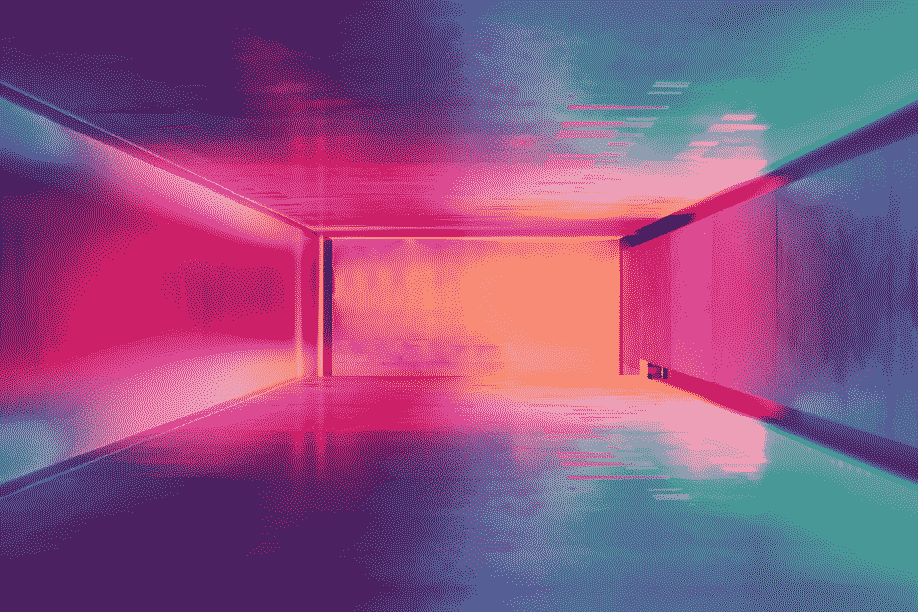Old Technology
The technology found inside most of todays UV curable wide format inkjet printers has been used for over 130 years. Powered by a mercury vapour lamp which produces the necessary UV lightwaves required for correct ink curing. Mercury lamps produce a wide range of UV wavelengths (Tadahrio, 1993) with only 20% of the actual wavelengths produced used in the ink curing process (Beck, 2009) and over 50% of energy emitted is in the infrared spectrum, producing a lot of excess heat (Sparrow & Cess, 1978; Tadahrio, 1993). Which in turn drastically reduces the amount of compatible substrates and increases overall running costs.Mercury is a highly toxic, rare metal which produces serious environmental issues (Kristi Lew, 2008), a problem which is sure to arise at the lamps end of life. Since a mercury lamp only runs for around 1500-2000 hours (Beck, 2009), over the lifetime of the printer the number of replacement lamps needed begins to rise sharply. Mercury lamps also produce a highly toxic gas known as ozone (O3) (Cortelyou, 2013; Beck, 2009), although levels produced are relatively low it still represents a major issue with the continued use of this technology.
Introducing UV-LED Lamp Technology
Over the past decade large format printer manufacturers have started researching alternatives to mercury lamps, Durst, world renowned Flatbed manufacturer have built an LED UV lamp alternative in the Omega 1 and Omega 2 Flatbed Printers. UV-LEDs have an inherently long life with UV diodes typically rated to perform for tens of thousands of operational hours (Tadahrio, 1993; Rasoulifard et al, 2011) without failing. LED UV lamp technology uses instant on/off technology, removing the need for warm-up time and completely eliminates the shutter open/close delay.The biggest advantage of using UV-LED Lamp Technology is the massive power savings, according to Creator (2013) LED technology can be attributed to a massive 80% power saving for traditional printers (Cortelyou, 2013; Hudd, 2010). With Durst claiming both the Omega 1 and 2 can deliver a power saving of 65% due to the air-cooled 395nm-wavelength LED Lamps used.
UV-LED Ink Technology
UV-LED Lamps require compatible inks, which when utilized with the instant on/off technology can create different finishing effects such as matte or gloss (Creator, 2013). UV inks are engineered to stay at a stable liquid state until irradiated with a particular wavelength and light intensity (Hudd, 2010; Pappas, 1978). This has blown the range of compatible substrates wide open, allowing printing on everything from bubble wrap, athletic tape and shrink wrap to thin heat-sensitive styrenes, industrial film, heavy stocks and glass. Hudd (2010) explains the use of UV-LED curing technology can be used to effectively freeze the ink drops instead of fully curing them, which allows for precise control of substrate wetting and print quality (Edison, 2010), thus significantly increasing throughput and/ or print quality when multiple fluid types are used.
Looking To The Future
In the pursuit of sustainability and in an ever growing environmentally conscious society, replacing mercury lamp technology with UV-LED technology seems to be the best way forward. Printers such as the Durst Omega 2 are already taking advantage of this technology offering users a massive 65% power saving over conventional UV Flatbed printers. While increasing the versatility of the machine and improving the overall print quality. Over the next decade there will be a massive shift away from mercury lamps to more sustainable UV-LED/ E-Lamp technology.
ReferencesAgile Creator. (2013). Why UV LED curing printers are the better investment. Available: http://printing.it-enquirer.com/2013/03/14/uv-led-curing-printers-better-investment/. Last accessed 3 April 2014Beck, M. (2009) UV-LED Lamps: A Viable Alternative for UV Inkjet Applications, RADTECH REPORT, 4 (NOVEMBER/DECEMBER), pp. 27-33.Cortelyou, B. (2013) UV LED Curing Technology Goes Mainstream Snapshot of 2012, SGIA Journal , 11 (March/April), pp. 11-14.Edison, S. E. (2010). Formulating UV Curable Inkjet Inks. Ink jet Inks.Hudd, A. (2010). Inkjet printing technologies. The Chemistry of Inkjet Inks. New Jersey-London-Singapore: World Scientific, 3-18.Kristi, L. (2008). Mercury. New York: The Rosen Publishing Group. p30Pappas, S. P. (Ed.). (1978). UV curing: science and technology (Vol. 2). Technology Marketing Corp., Pub. Division.Rasoulifard, M. H., Marandi, R., Majidzadeh, H., & Bagheri, I. (2011). Ultraviolet light-emitting diodes and peroxydisulfate for degradation of basic red 46 from contaminated water. Environmental Engineering Science, 28(3), 229-235.Sparrow, E. M., & Cess, R. D. (1978). Radiation heat transfer. Series in Thermal and Fluids Engineering, New York: McGraw-Hill, 1978, Augmented ed.,1.Tadahrio, O. (1993) Ultra-Clean Technology Handbook: Volume 1: Ultra-Pure Water. New York: CRC Press.
